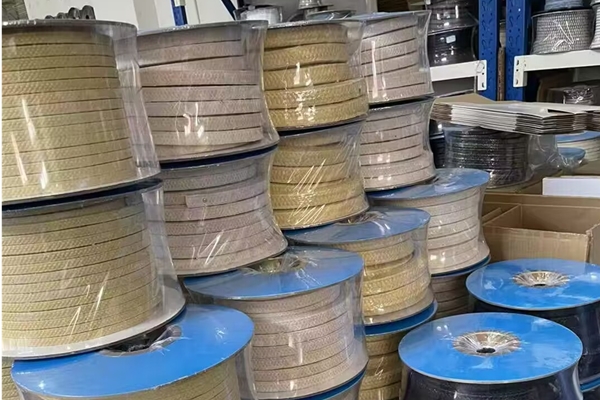1. Definition of Static Seals and Dynamic Seals
1)Static Seals: Static seals refer to a sealing state where there is no relative movement between the sealing element and the sealing surface. In this state, a seal gap is formed between the sealing element and the surface, and sealing is achieved through pressure and surface tension in a static condition. Static seals are commonly used in non-moving or low-speed sealing areas, such as gaskets and sealing rings.
2)Dynamic Seals (also known as moving seals): Dynamic seals occur when there is relative motion between the sealed components during operation. In this condition, the sealing element must move along with the equipment while maintaining good contact with the sealing surface to prevent leakage. Dynamic seals are typically used in high-speed or frequent movement situations. They can be classified into contact seals and non-contact seals based on whether the sealing element makes contact with the moving parts. These seals usually employ packing materials to achieve the seal.
2. Differences Between Static Seals and Dynamic Seals
1)Application scenarios:
Dynamic seals are used to prevent fluid leakage in rotating components such as bearings, pumps, gears, and sealing rings.
Static seals prevent leakage in stationary components such as pipelines, containers, housings, and sealing plates.
2)Sealing methods:
Dynamic seals primarily use contact sealing, relying on contact force and friction between moving and stationary parts.
Static seals often use non-contact methods, such as packing seals or coating seals.
3)Installation process:
Dynamic seals are installed on high-speed rotating parts and require precision in manufacturing and assembly quality.
Static seals are simpler to install, but attention must be paid to the cleanliness of the contact surfaces and the proper selection and application of sealants.
3. Application Scenarios for Dynamic Seals and Static Seals
Dynamic Seals: These are commonly used in high-speed rotating components to prevent fluid leakage, ensuring stable operation and extending equipment life. They are frequently applied in devices like bearings, centrifugal pumps, and fans.
Static Seals: These are used at the joints between stationary components to ensure a proper seal and prevent fluid or substance leakage. Commonly found in pipelines, containers, and pressure vessels.
Sealing gaskets and stem packing play a vital role in the overall valve sealing system, where their main function is to prevent the leakage of the sealing medium.
4, How to select sealing gasket and stem packing for the Static Seals and Dynamic Seals?
1)Surface condition of the sealing face: The shape and roughness of the sealing surface affect sealing performance. A smooth surface enhances sealing efficiency. Soft gaskets are not as sensitive to surface conditions, while hard gaskets are highly influenced by surface roughness.
2)Contact width of the sealing surface: A wider contact width lengthens the path for fluid to escape, increasing flow resistance and enhancing the seal. However, the sealing pressure decreases if the contact width is too large. It is essential to choose the correct contact width based on the material.
3)Properties of the fluid: The viscosity of the fluid has a significant impact on sealing. Higher-viscosity fluids flow less easily and are easier to seal. Liquids are easier to seal than gases, and saturated steam seals more effectively than superheated steam. The larger the molecular size of the fluid, the easier it is to seal.
4)Fluid temperature: Temperature affects the viscosity of fluids. As temperature increases, liquid viscosity decreases, while gas viscosity increases. Temperature changes can also deform sealing components, leading to leaks.
5)Material of the gasket or packing: Soft materials deform easily under pressure, sealing leak paths, but may not withstand high-pressure fluids. Other material properties such as corrosion resistance, heat resistance, and density also influence sealing performance.
6)Sealing surface pressure: This is the force exerted per unit area on the sealing surface. Increasing the surface pressure improves sealing but can be limited by the compressive strength of the material. In dynamic seals, excessive pressure can lead to increased friction and wear.
7)External conditions: Vibration, deformation of connected components, and misalignment during installation can add stress to sealing materials, potentially causing seal failure. Vibrations can loosen bolts and reduce sealing pressure, leading to leaks.




